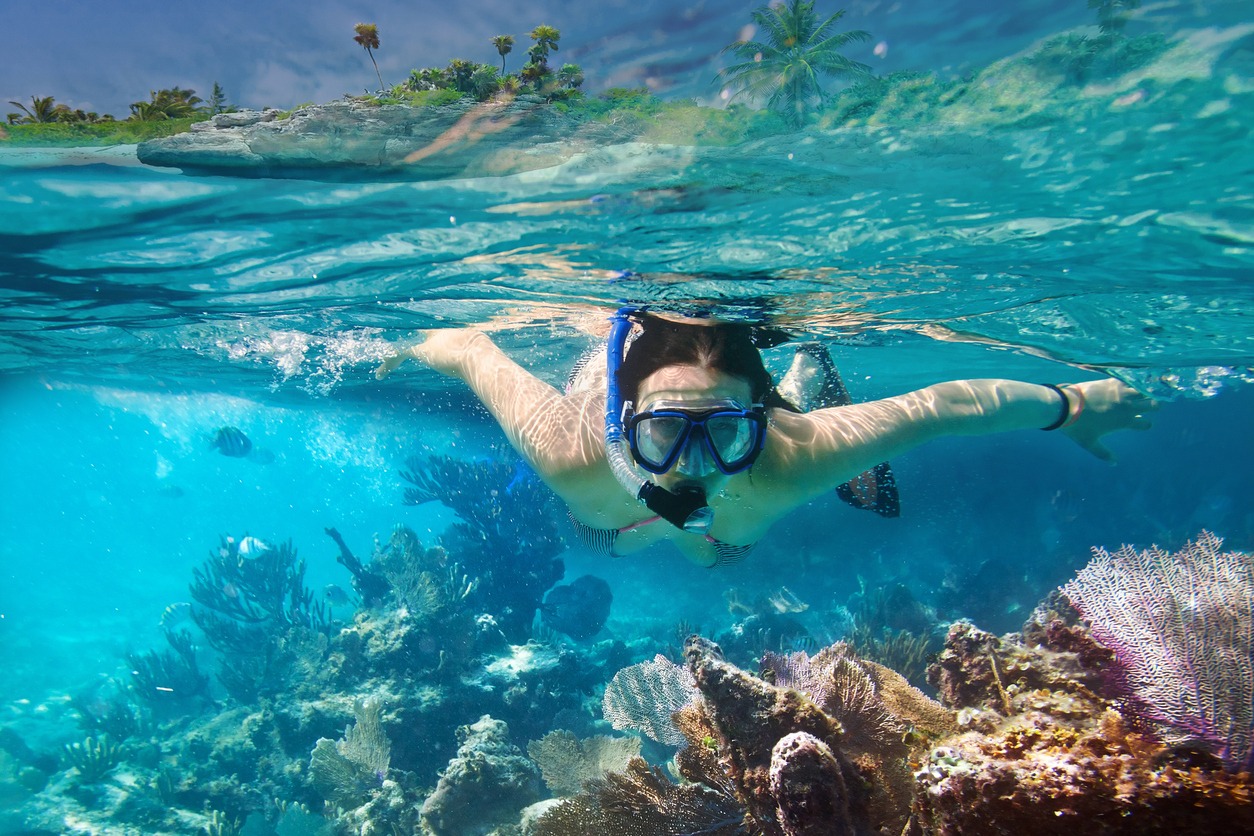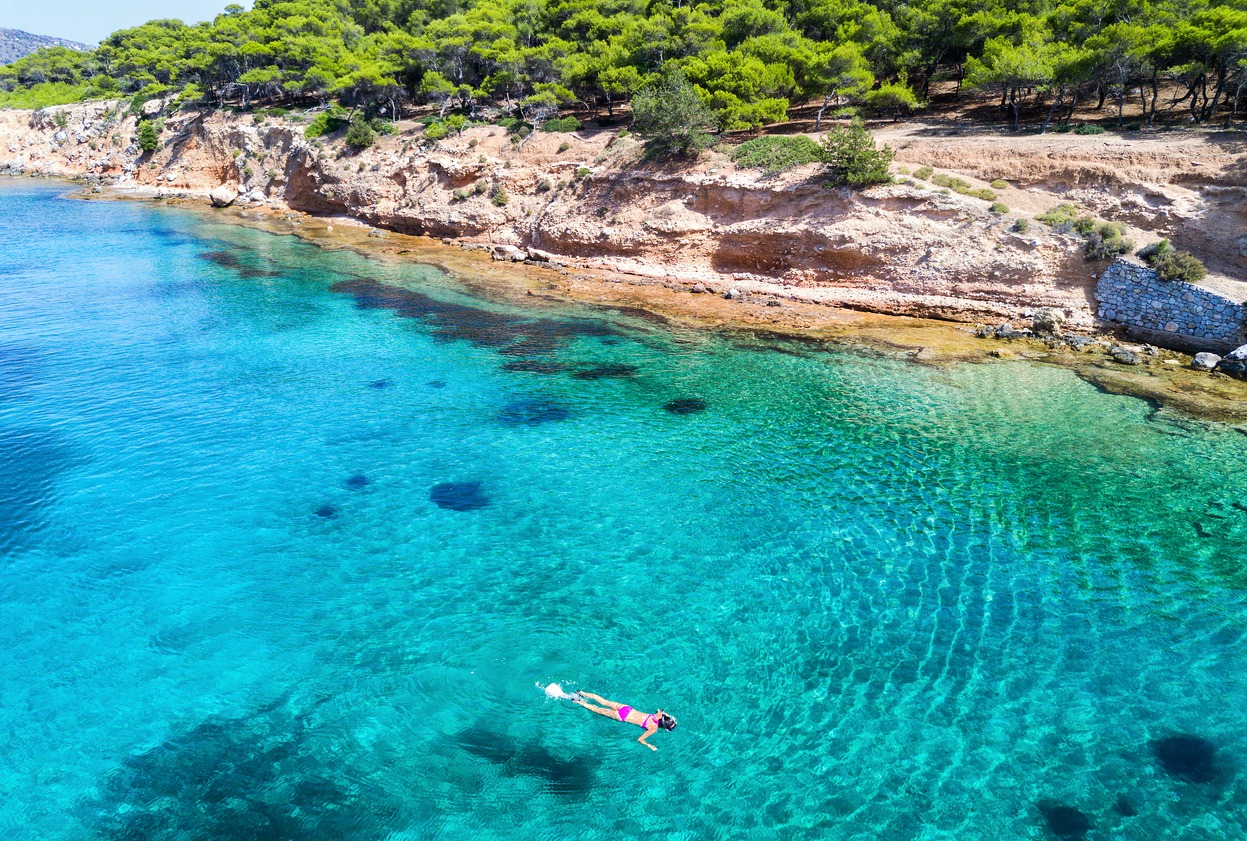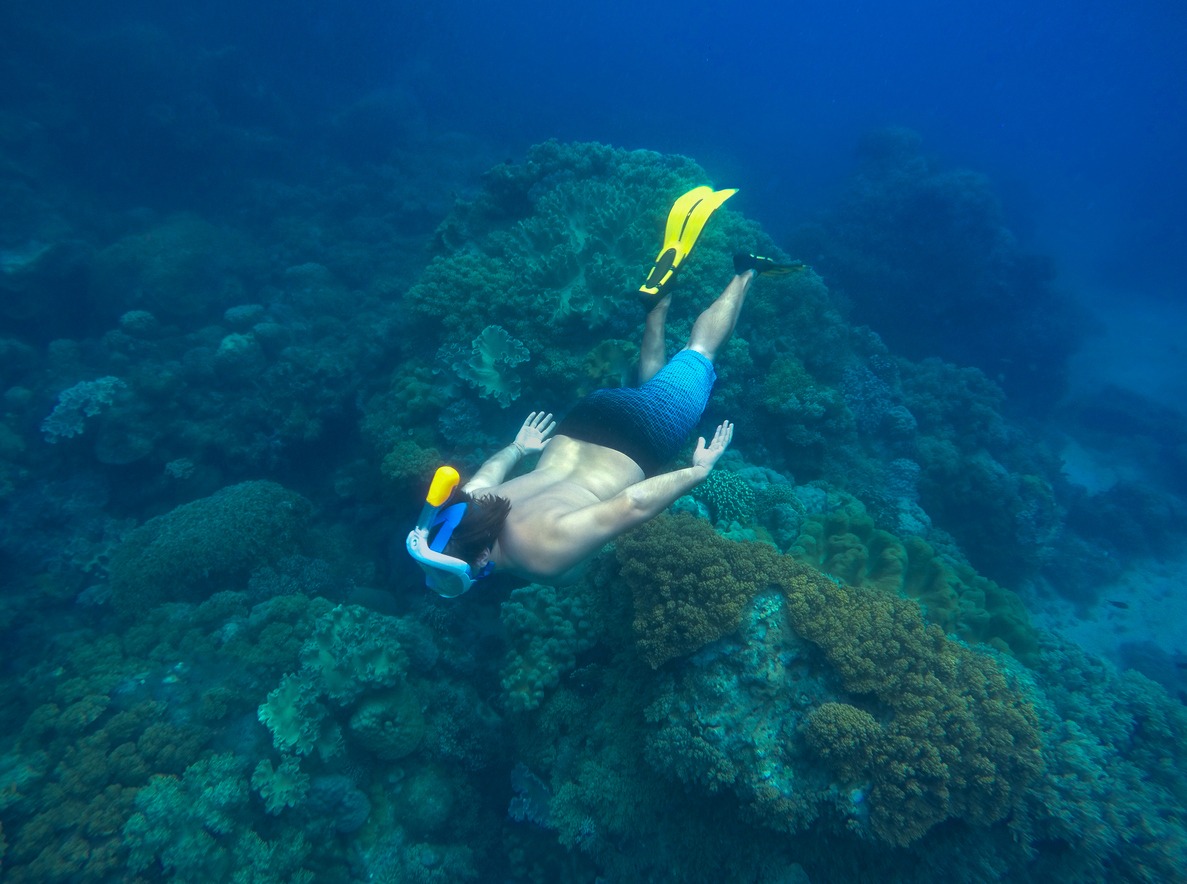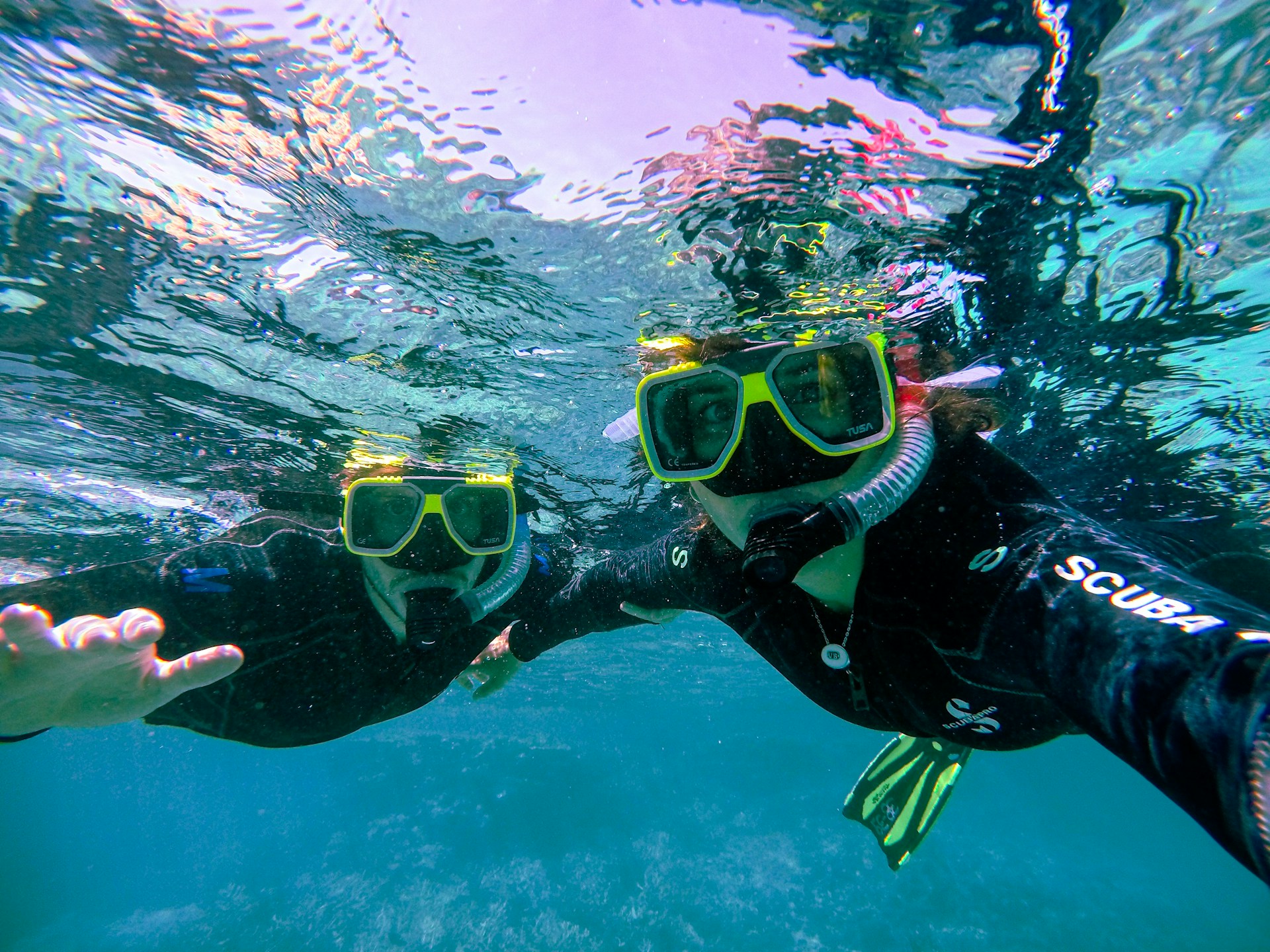Do You Need a Wetsuit to Snorkel? A Complete Guide
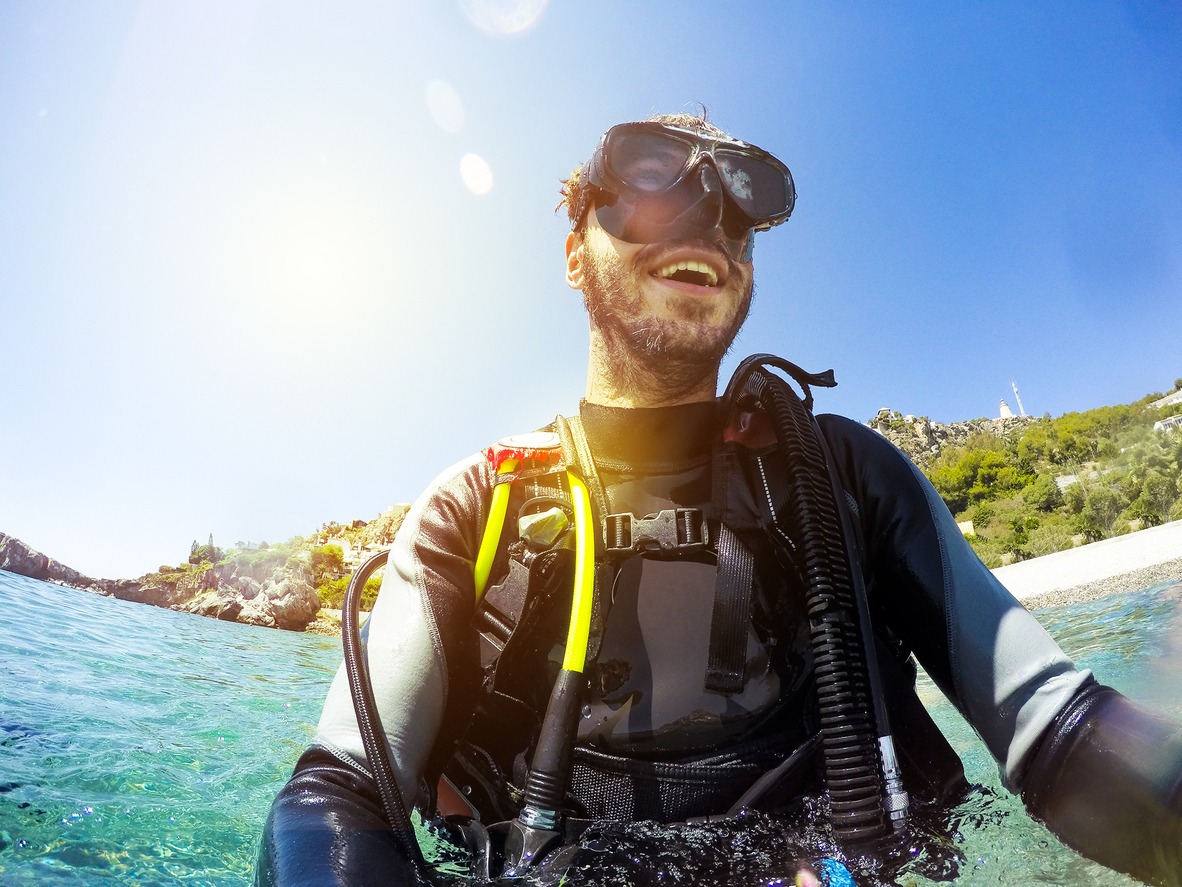
You don't always need a wetsuit to snorkel, but it can be beneficial depending on various factors. Water temperature is the primary consideration, with temperatures below 72°F typically requiring a wetsuit for comfort. Snorkeling duration also matters; longer excursions benefit from wetsuit protection. Wetsuits offer more than just warmth—they provide buoyancy, sun protection, and a barrier against marine hazards like sharp coral or jellyfish stings. They can substantially enhance your snorkeling experience by keeping you comfortable and safe. The type and thickness of wetsuit you need depends on specific conditions. Understanding these factors will help you make the best choice for your snorkeling outing.
Understanding Wetsuit Basics
When it comes to snorkeling, a wetsuit can be your best friend in the water. Understanding the basics of wetsuits is pivotal for selecting the right one for your snorkeling quest. Wetsuits come in various thicknesses, ranging from 1mm to 5mm or more. The thickness you'll need depends on the water temperature you'll be swimming in.
For warmer waters, a thinner wetsuit (1mm-3mm) is usually sufficient. However, if you're planning to snorkel in cold water, you'll want to opt for a thicker suit (3mm-5mm) to warrant adequate thermal protection. Provides a sense of safety when entering the water and allows the wearer to float more easily due to neoprene's natural buoyancy. Keep in mind that thicker wetsuits provide more buoyancy, which may require additional weights if you're planning to freedive.
Wetsuits offer more than just warmth. They also provide sun protection and shield you from marine hazards like stingers. When choosing a wetsuit, consider factors such as thermal needs, buoyancy requirements, comfort, and functionality for your specific snorkeling environment. If you're traveling to a tropical destination, research the local water temperatures, as they can vary widely. You may need a full suit or just a partial wetsuit depending on the conditions.
Water Temperature Considerations
Now that you understand wetsuit basics, let's investigate how water temperature impacts your snorkeling gear choices. Tropical snorkeling destinations offer a wide range of water temperatures, typically between 64°F and 82°F. This variation means you'll need to carefully consider your wetsuit options for each trip.
The temperature of the water is the primary factor in determining whether you'll need a wetsuit. Generally, if the water is 72°F or warmer, you might be comfortable without one. However, for temperatures below 72°F, you'll want to use a wetsuit to maintain body heat and enjoy your snorkeling experience. Comprehensive wetsuit thickness guide based on water temperature ranges provides guidance on selecting the appropriate wetsuit for the conditions.
It's vital to research the specific water temperatures at your destination, as they can fluctuate greatly. Some areas, like Komodo, Alor, Bali, and Tonga, experience dramatic temperature changes, requiring you to be adaptable with your wetsuit choices. Remember, cold water can quickly deprive your energy and enjoyment, so it's better to be prepared.
To guarantee comfort and maximize your snorkeling undertaking, consider bringing multiple wetsuit options or layering pieces. This adaptability will allow you to adjust to varying conditions and make the most of your underwater explorations.
Snorkeling Duration and Comfort
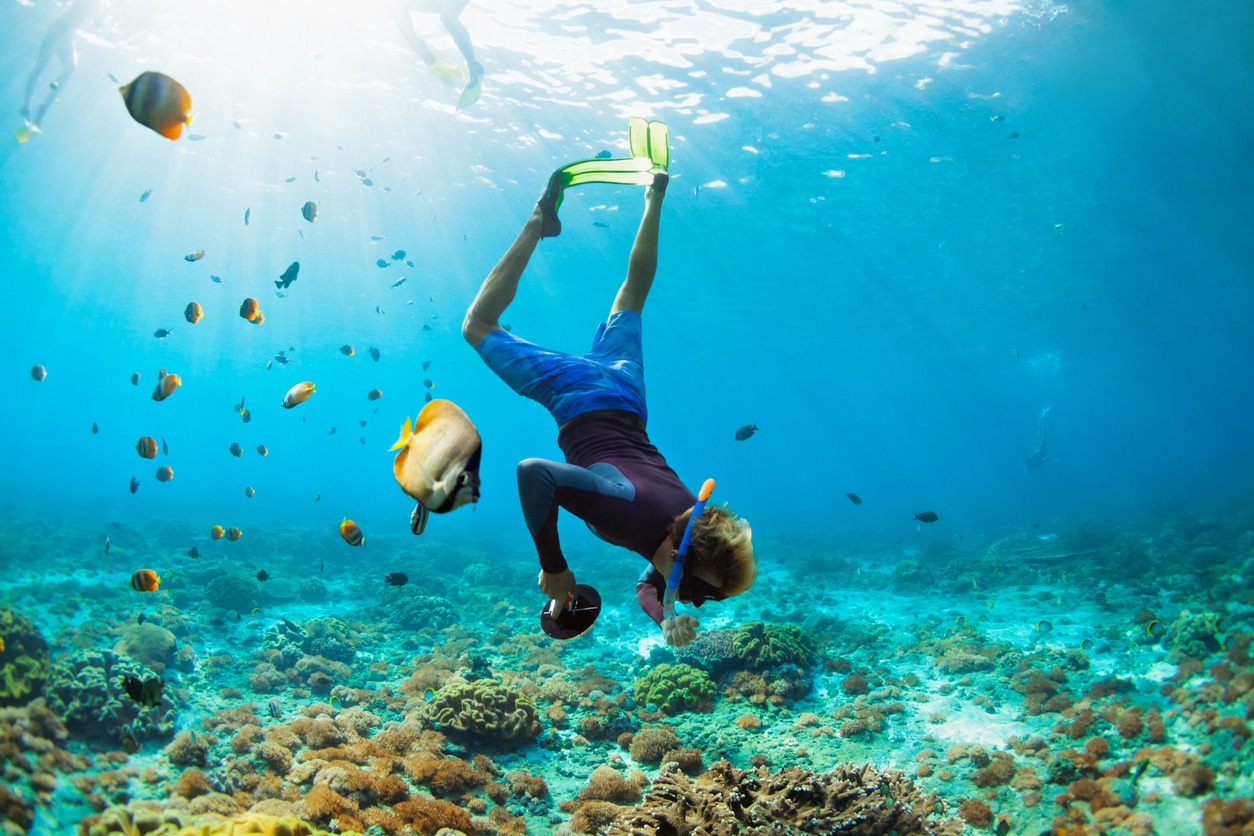
Your snorkeling session's duration plays a crucial role in determining whether you need a wetsuit. If you're planning a short 30-minute to 1-hour dip in 72-degree water, you might be comfortable without one. However, for longer excursions lasting around 3 hours, you'd benefit from wearing a shorty wetsuit.
During extended snorkeling journeys, a wetsuit can significantly augment your comfort and safety. It helps with buoyancy, reducing the energy you'd expend to stay afloat. This means you can enjoy your underwater expedition for longer without feeling as fatigued. Even if the water doesn't feel cold initially, your body temperature can drop over time, making a wetsuit a wise choice for extended sessions.
Beyond temperature regulation, wetsuits offer additional advantages. They provide protection against potential hazards like sharp rocks, coral, or marine life such as jellyfish and stingrays. When deciding whether to use a wetsuit, consider the specific risks in your snorkeling location. Ultimately, a wetsuit can enhance your overall snorkeling experience by keeping you comfortable, safe, and able to explore for longer periods.
Protection From Marine Hazards
One of the most persuasive reasons to wear a wetsuit while snorkeling is the protection it offers from marine hazards. When you're exploring underwater environments, you'll encounter various potential risks that a wetsuit can help mitigate. The type of wetsuit you choose can provide a vital layer of defense against nicks, cuts, and abrasions from sharp objects like rocks or coral.
Wearing a wetsuit as part of your snorkel gear also safeguards you against encounters with potentially dangerous marine life. It acts as a barrier between your skin and jellyfish stings or stingray barbs, reducing the risk of painful and potentially harmful interactions. Additionally, wetsuits offer added protection from sun exposure and stings from small marine creatures you might not even notice.
When deciding whether to wear a wetsuit, consider the specific hazards present in your snorkeling area. The level of protection needed will depend on the local environment, so it is critical to research and prepare accordingly. By wearing a wetsuit, you're adding an extra layer of safety to your snorkeling experience, allowing you to focus on enjoying the underwater world with greater peace of mind.
Buoyancy and Thermal Insulation
Beyond protection from marine hazards, wetsuits offer two key benefits for snorkelers: buoyancy and thermal insulation. When you're choosing a wetsuit for snorkeling, consider the water temperature and your desired level of buoyancy. Neoprene wetsuits provide significant added buoyancy, which can be helpful for floating on the surface but may hinder diving below.
For warm water snorkeling, you might opt for a lycra suit or a Polartec-lined option. These offer thermal insulation without excessive buoyancy, allowing for easier maneuverability. Long sleeve designs provide additional protection from the sun and potential abrasions.
When selecting your snorkeling attire, keep in mind:
- Water temperature dictates wetsuit thickness
- Neoprene suits increase buoyancy substantially
- Lycra suits offer less buoyancy but still provide insulation
- Long sleeve options protect against UV rays
- Wetsuits extend your time in the water comfortably
The right wetsuit can enhance your snorkeling experience by keeping you warm, providing buoyancy, and protecting your skin. Whether you choose a full neoprene wetsuit or a lightweight lycra suit, you'll be better equipped to enjoy your underwater expedition for longer periods.
Wetsuit Types and Thicknesses
When choosing a wetsuit for snorkeling, you'll encounter various types and thicknesses designed for different water temperatures and conditions. For warmer waters, skin suits and rash guards offer ideal protection from the sun and stingers. These thin, neutrally buoyant lycra garments are perfect for tropical snorkeling adventures.
If you're planning longer snorkel sessions in slightly cooler waters, think about 1 mm wetsuits. They provide added protection against chill while maintaining flexibility. For colder waters, 3-5 mm wetsuits are your best bet. A 3 mm wetsuit serves as a versatile in-between option, while a 5 mm wetsuit offers significant warmth for chilly conditions.
When selecting a wetsuit for snorkeling, keep in mind that tropical locations can have varying water temperatures, ranging from 64-82°F. Investigate your destination's water temperatures to choose the right thickness. Remember to consider key factors such as sun and stinger protection, thermal needs, and buoyancy requirements for freediving. By selecting the appropriate wetsuit type and thickness, you'll enhance your snorkeling experience and stay comfortable in any water condition.
Fit and Sizing Guidelines
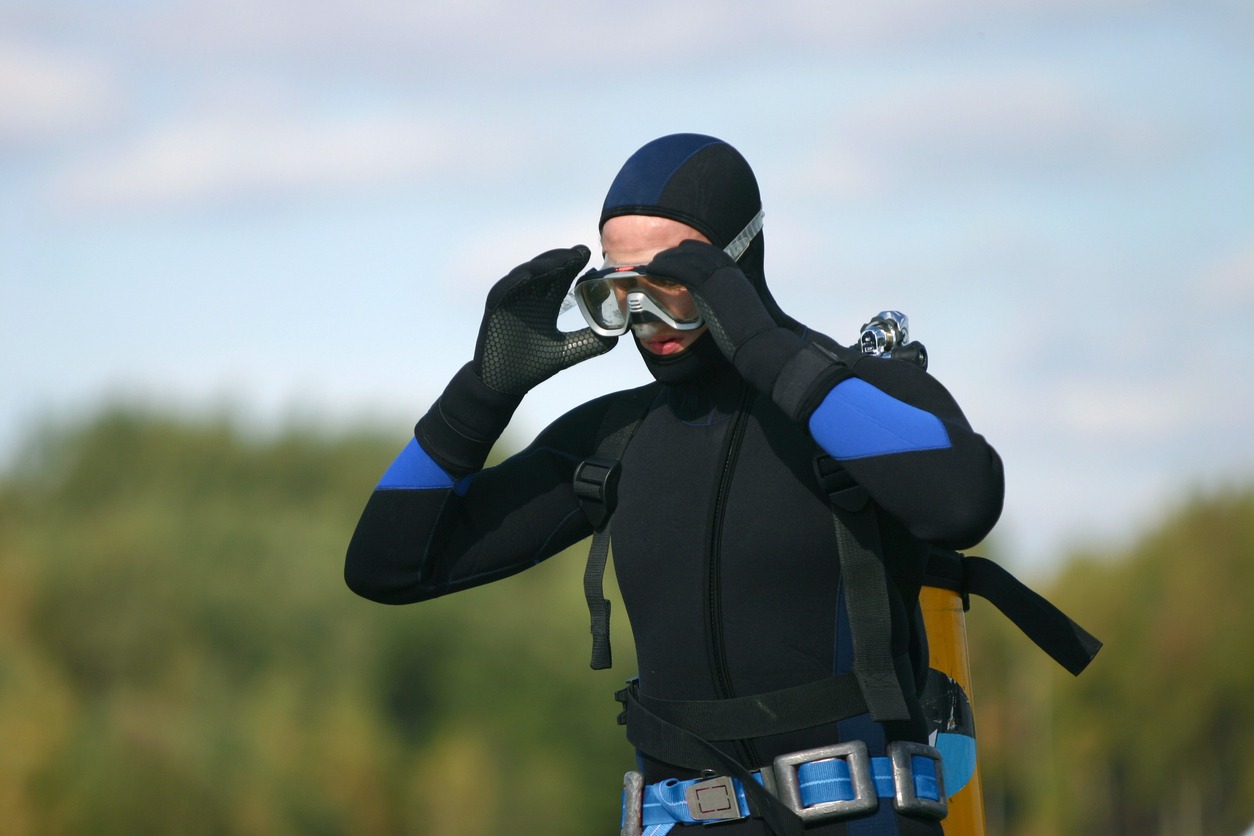
Proper sizing is the cornerstone of a comfortable snorkeling experience. When selecting a wetsuit, you'll need to take precise measurements of your height, waist, and chest. These required fields are marked as essential on most sizing charts, guaranteeing you choose the right fit every time. Remember, wetsuit sizes differ noticeably from regular clothing sizes, so don't rely on your usual measurements.
To find your perfect fit, follow these fit and sizing guidelines:
- Measure yourself accurately using a flexible tape measure
- Compare your measurements to the manufacturer's size chart
- Consider tall, short, or plus-size options if available
- Guarantee the wetsuit material offers enough flexibility
- Opt for a snug fit that doesn't restrict movement
Different wetsuits may have varying sizing standards, so always double-check the specific brand's recommendations. A well-fitted wetsuit should feel like a second skin, allowing you to move freely underwater without feeling constricted. It's imperative to strike a balance between snugness and comfort. By taking the time to find the right size, you'll enhance your snorkeling experience and ensure prime performance in the water. Don't hesitate to try on multiple sizes if you're unsure – it's worth the effort to find your perfect fit.
Accessories for Enhanced Snorkeling
To enhance your snorkeling experience, you'll want to ponder a few key accessories that complement your wetsuit. Wetsuit accessories like booties, gloves, and hoods can significantly improve your comfort and protection in colder waters.
Neoprene gloves and booties are essential for insulating your extremities, preventing heat loss during longer snorkel sessions. They'll keep your hands and feet warm, allowing you to stay in the water longer and enjoy your underwater exploration.
A wetsuit hood is another vital accessory, helping retain body heat and prevent heat loss from your head. Since a substantial amount of heat can escape through your head, a hood can make a remarkable difference in your overall warmth and comfort.
When using a thick, buoyant wetsuit, you might need a weight belt to maintain neutral buoyancy and ease of movement while snorkeling. This will help you stay at the desired depth without struggling against excessive buoyancy.
For additional sun protection, consider wearing UV-protective rash guards or lycra suits over or under your wetsuit. These will shield exposed skin areas from harmful UV rays, ensuring you're protected both in and out of the water.
Renting vs. Buying Wetsuits
The decision to rent or buy a wetsuit for snorkeling isn't always straightforward. When considering whether you need a wetsuit for your underwater expeditions, you'll want to weigh the pros and cons of each option.
Renting a wetsuit can be more convenient and cost-effective, especially if you're an occasional snorkeler. It's a great choice if you're looking to try snorkeling without committing to a purchase. On the other hand, buying a wetsuit offers a customized fit and better long-term value, though it requires an upfront investment.
Consider these factors when deciding:
- Frequency of snorkeling trips
- Budget constraints
- Personal hygiene preferences
- Storage and maintenance capabilities
- Desire for a perfect fit
If you're thinking, "I'm looking for a wetsuit but unsure if I need a wetsuit long-term," renting might be your best bet. However, if you snorkel regularly, we would recommend purchasing your own. Use this site to research wetsuit options and make an informed decision based on your specific needs and preferences. Remember, proper care and maintenance are essential for longevity if you choose to buy, while rental wetsuits may pose hygiene concerns due to previous use.

